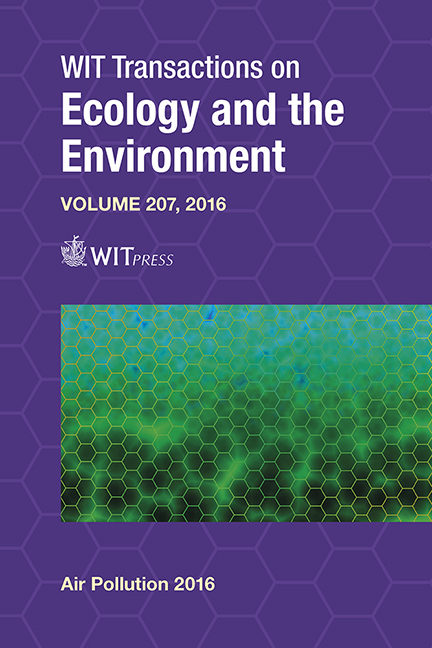Correlation Of PM2.5 And Meteorological Variables In Ontario Cities: Statistical Downscaling Method Coupled With Artificial Neural Network
Price
Free (open access)
Transaction
Volume
207
Pages
12
Page Range
215 - 226
Published
2016
Size
872 kb
Paper DOI
10.2495/AIR160201
Copyright
WIT Press
Author(s)
X. Su, W. Gough, Q. Shen
Abstract
This study identifies meteorological variables that show strong influence on the concentrations of fine particulate matter (PM2.5) in Toronto and Sarnia, Ontario, Canada, using the Statistical Downscaling Model (SDSM), coupled with the Artificial Neural Network (ANN). The meteorological variables are based on the reanalysis data from NCEP and their correlations with the daily average and daily maximum PM2.5 concentrations for the period 2003–2014. The meteorological predictors are selected with the SDSM model from the ones with most significant correlations. Furthermore, ANN is used to test the power of those predictors by comparing the variance of PM2.5 that is explained by the chosen predictors and by all meteorological data. The SDSM model suggests that both daily average and daily maximums PM2.5 in Toronto and Sarnia are affected by low level wind dynamics, and that long range transport of PM2.5 plays an important role during the summer. The ANN models suggest that the meteorological variables can explain 62–72% variance of PM2.5 while chosen predictors can explain 52%–59% variance.
Keywords
particulate matters, meteorological conditions, statistical downscaling method, artificial neural network





